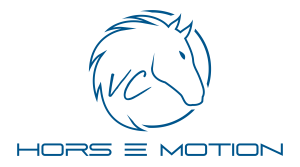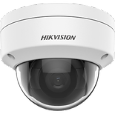All about colic
Colic is the leading cause of death in horses. In this post, we would like to give you a brief summary of this condition. First of all, colic is not an acute illness as you might think, but a syndrome, i.e. a syndrome with several symptoms.
Stages of pain intensity
The variation in symptoms depends on the stage of colic the horse is going through. There are 5 stages of the intensity of colic pain in a horse.
In the very early stages, there are no symptoms or specific pain.
From the second stage, mild pain appears and the horse begins to show unusual behavior. He will scratch across the ground, looking at blanks. The horse may also lack appetite or lie down longer than usual.
In the third stage, the pain becomes moderate and the horse restless. He kicks his belly with his hind legs, stays down for a long time or even adopts a “sitting dog” position.
The fourth stage causes severe pain. The horse will roll violently on its back, sweat a lot or even suddenly fall to the ground.
Finally, in the final stage, the horse is in a state of severe depression and the risk of death is high.

It is therefore essential to contact a veterinarian as soon as any of these symptoms appear. Of course, it is up to you to judge between “the decrease in activity, the hit of less well” and the symptoms that may indicate colic.
Symptoms and causes of pain
As explained above, colic is not a disease, but this syndrome usually exhibits similar symptoms regardless of the source of the pain. In fact, colic can be caused by a variety of factors, as well as occur in different places.
The stomach
Colic can occur in the horse’s stomach. This is called an impaction. After eating too coarse food, especially straw (dry food), and in excessive amounts, the horse’s stomach appears to be overloaded. Because the horse is unable to dispose of the excess by vomiting, a clot forms in his stomach, which then becomes extremely painful for him. This type of colic is generally resolved by placing a nasogastric tube by the veterinarian.
The appendix
The third problem area is the appendix. The cecum is a tank with a capacity of about 40L! This tank can then undergo an overload of solid particles: an impaction. Generally, this is resolved medically, but it may require a fairly long diet, the time for the contents to be gradually evacuated.
The rectum
The last area that can cause colic is the rectum. There may be a blockage of rectal emptying, preventing the horse from discharging manure. The most common cause of this type of congestion is melanomas (tumors that affect the pigment cells in the skin).
The small intestine
The second area that can be affected by colic is the small intestine. This type of colic often requires surgery. In this case, the clot is moved to the end of the small intestine, this is called ileal impaction. If this clot is too thick and completely obstructs the passage, surgery is required. Otherwise, the horse is treated medically with laxatives and infusions. The horse’s intestines can cause many problems because they are free in the horse’s body, allowing them to move very easily. This allows part of the bowel to pass through one of the inguinal rings (through which the testicles pass) and get stuck. This case is called an inguinal hernia. The passage is then completely interrupted and emergency surgery is necessary. Another case may arise: the foramen of the omentum. The bowel then gets stuck in a small hole in the abdomen. It can also wrap itself around a fat ball or attach itself to itself. The consequences are the same as for inguinal hernia and urgent surgery is required. The last scenario that may be related to the bowel is its paralysis, called paralytic ileus. This case is even rarer and usually results from another type of colic.
The colon
The fourth area that can cause problems and lead to colic is the colon. First, like the small intestine, the colon can suffer from impaction, or constipation, from eating too much dry food. This type of colic is one of the most common. It is usually treated well with laxatives and painkillers. However, the colon can also shift, either to the right or to the left, with the shift to the right being less common. These shifts are often the result of overwork. In about 70% of cases, medical treatment will solve the problem. In other cases, surgery is necessary. Finally, the worst case of colic is a volvulus of the colon. In other words, the colon turns over. This type of colic is the most severe. The pain is very intense and only a very quick surgery can save the horse.
As you can see, there are many organs in the digestive tract of horses that can be the cause of colic. There are also several risk factors that can cause colic.

Factors that induce colic
Factors related to the horse
There are factors related to the horse, such as tic indicating boredom and inactivity. There are factors related to the horse, such as tic indicating boredom and inactivity. In addition, a horse that has already had colic is more likely to get it again.
Factors related to the horse’s lifestyle
Furthermore, certain risk factors are not directly linked to the horse itself, but rather to its way of life. Inactivity is one of the factors contributing to colic. Thus, any time the horse is inactive can lead to this syndrome. For example, we can mention the times when the horse is in the box. Conversely, intense activity generates stress in the horse, which is also a risk factor. So any time the horse may feel stress, such as when changing habitats: from moving from pasture to living in a box, he will be more likely to develop colic.
Factors related to the care of the horse
Certain parameters related to the care of the horse can also increase the risk of colic in the horse. For example, the risk of developing this pathology would be lower if the owner of the horse takes care of her or his horse himself.
Factors related to horse nutrition
Finally, many risk factors are linked to nutrition and hydration. Nutrition is an important factor, as the presence of concentrate in the ration and straw consumption would increase the risk of colic, while grass and hay consumption would decrease it. In addition to the type of feed, there is also the quality of the feed. Poor quality coarse hay, moldy or dusty as well as processed grains (such as flour) or even oversaturated pasture (intake of soil) can promote the occurrence of colic. Next, the amount of feed and fractionation of feed intake is a parameter to consider. In fact, a ration taken in over a short period of time and/or in an excessive amount can promote colic. Meanwhile, the method of distribution is also a critical element, as round hay bales and/or low altitude distribution can be a trigger. Just as the change in lifestyle can cause stress in the horse, the change in diet can also cause stress. So any change in the nature, quantities, rhythm and method of feeding can cause colic. Finally, water that is dirty, too high/low temperature or taken quickly in large quantities can pose a risk of colic.
In conclusion, inactivity, stress, nutrition and the horse’s environment can be causes of colic and we must be vigilant of these factors. The most important thing is to stay in touch with your horse and make sure you notice symptoms as early as possible to treat them as soon as possible. If you want to learn more about feeding your horse, we invite you to read our article, “What is a balanced diet for our horses?”.



